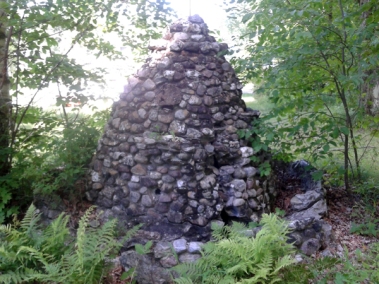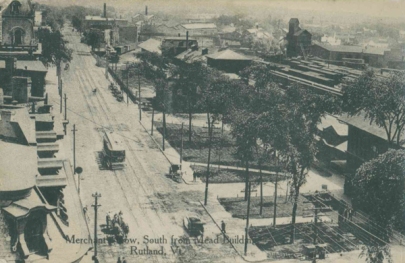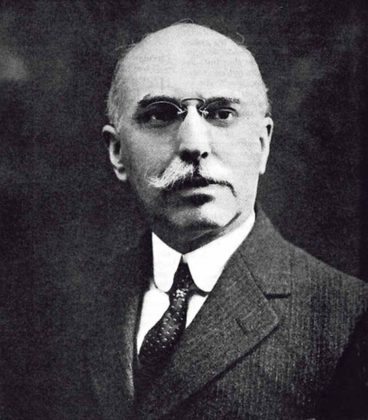Part 2 of two stories on the Rutland Trolley. See Part 1 here.
Emerging from the greenery which threatens to envelope it, it looks like a beehive, one of those conical ones that Pooh Bear would get excited about. But it is actually a fountain, and it sits behind the Trak-In Restaurant on Route 30 in Bomoseen. A century ago, this rock formation with its metal water spout was a novelty, which, along with other attractions, drew large crowds to Bomoseen Park.
Bomoseen Trolley Park was the last stop on a spur, which from 1906 to 1918 extended off the main trolley line which ran from Rutland to West Rutland to Castleton Corners (and on to Fair Haven or Poultney). One of many amusement parks Continue reading


